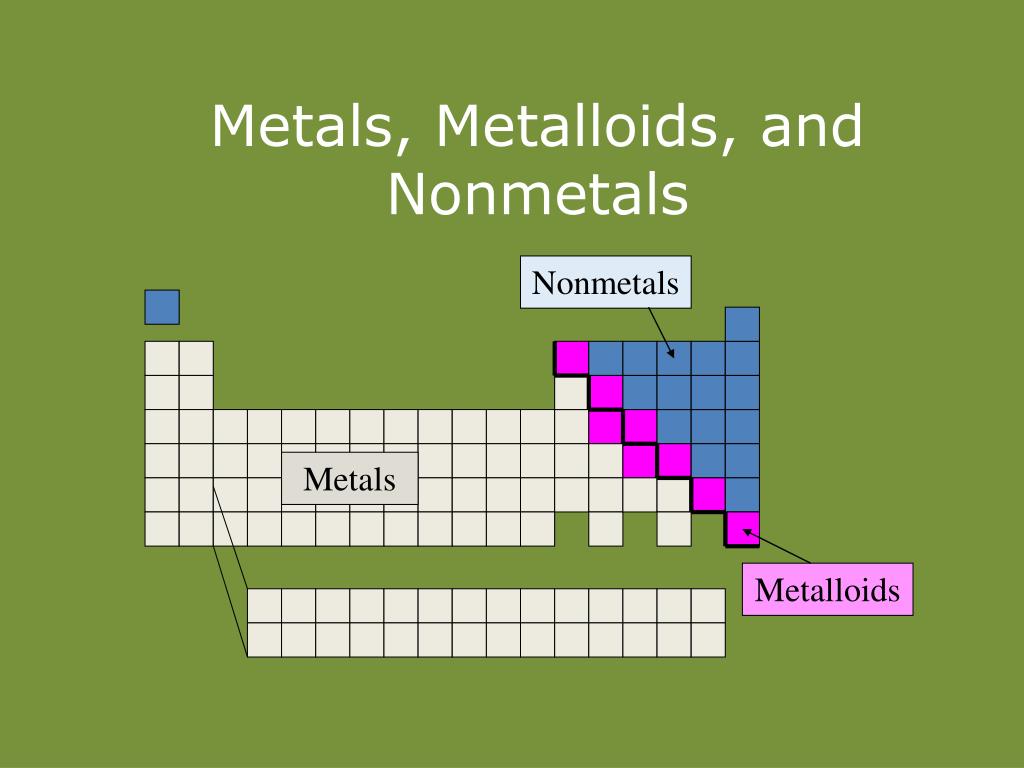

Energy requirements and tool availability were, therefore, the primary limiting factors affecting an ancient civilisation's ability to access metals, rather than those metals' relative abundances.įurther information: Astronomical symbols and Classical planet

This was due almost entirely to the huge quantities of energy required to purify ores of these elements. Other comparably abundant elements, such as titanium (approximately 4,400ppm) and aluminium (approximately 83,000ppm), were not available until the modern era. Yet all were known and available in tangible quantities in ancient times.Īdditionally, despite being approximately 1,000 times more abundant in the crust than the next most abundant ancient metal, iron was the last to become available due to its melting point (see above), including requiring tools made from alloys such as bronze to work in quantity.

Tin and iron occur as oxides and can be reduced with carbon monoxide (produced by, for example, burning charcoal) at 900 ☌.Mercury compounds are reduced to elemental mercury simply by low-temperature heating (500 ☌).Gold and silver occur frequently in their native form.While all the metals of antiquity but tin and lead occur natively, only gold and silver are commonly found as the native metal. However, until this period, generally known as the Iron Age, ironwork would have been impossible. Cultures developed ironworking proficiency at different rates however, evidence from the Near East suggests that smelting was possible but impractical circa 1500 BC, and relatively commonplace across most of Eurasia by 500 BC. Iron is the outlier at 1538 ☌ (2800 ☏), making it far more difficult to melt in antiquity.Mercury melts at −38.829 ☌ (-37.89 ☏) (being liquid at room temperature).The metals of antiquity generally have low melting points, with iron being the exception. These seven are the metals from which the classical world was forged until the discovery of antimony in the 9th century, and arsenic in the 13th (both now classified as metalloids), these were the only known elemental metals, compared to approximately 90 known today. The metals of antiquity are the seven metals which humans had identified and found use for in prehistoric times in Europe and the Middle East: gold, silver, copper, tin, lead, iron, and mercury.

Metal production in the ancient Middle East German amulet to protect against disease (18th century) it is made from an alloy of the seven alchemical metals: lead, tin, iron, gold, copper, mercury and silver. ( January 2016) ( Learn how and when to remove this template message) Please help to improve this article by introducing more precise citations. Advanced communications systems gave the captain and duty officer an opportunity to monitor all of the ship's systems.This article includes a list of general references, but it lacks sufficient corresponding inline citations. Installed between the hold's compartments were the electrical bulkheads, which closed when water was detected. A pair of three-bladed side and four-bladed central propellers gave the ship an acceleration of 42 km / h. Two steam engines and a turbine caused a 55,000 l / s output. The Titanic comprised the most advanced technology. The height from the keel to the top of the mast is 56 meters, which is approximately the height of a modern 20-storey building. Its length was 269 meters, an approximate equivalent of three football fields, while its width was 28 meters. Regardless of the terrible accident that caused the disaster, the Titanic is worthy of admiration as shipbuilders' most perfect creation of the early 20th century.Īt the time of its launch, it was the biggest passenger steamer. The "Olympic" class ship bore the name "Titanic" and turned out to symbolize the superiority of the forces of nature over the human mind. The most innovative ship ever constructed by a human engineering genius crashed with an iceberg and sank, killing 1,517 passengers and crew. On a calm moonless night on 15th April 1912, the most renowned sea disaster in history happened 600 kilometers away from Newfoundland.


 0 kommentar(er)
0 kommentar(er)
